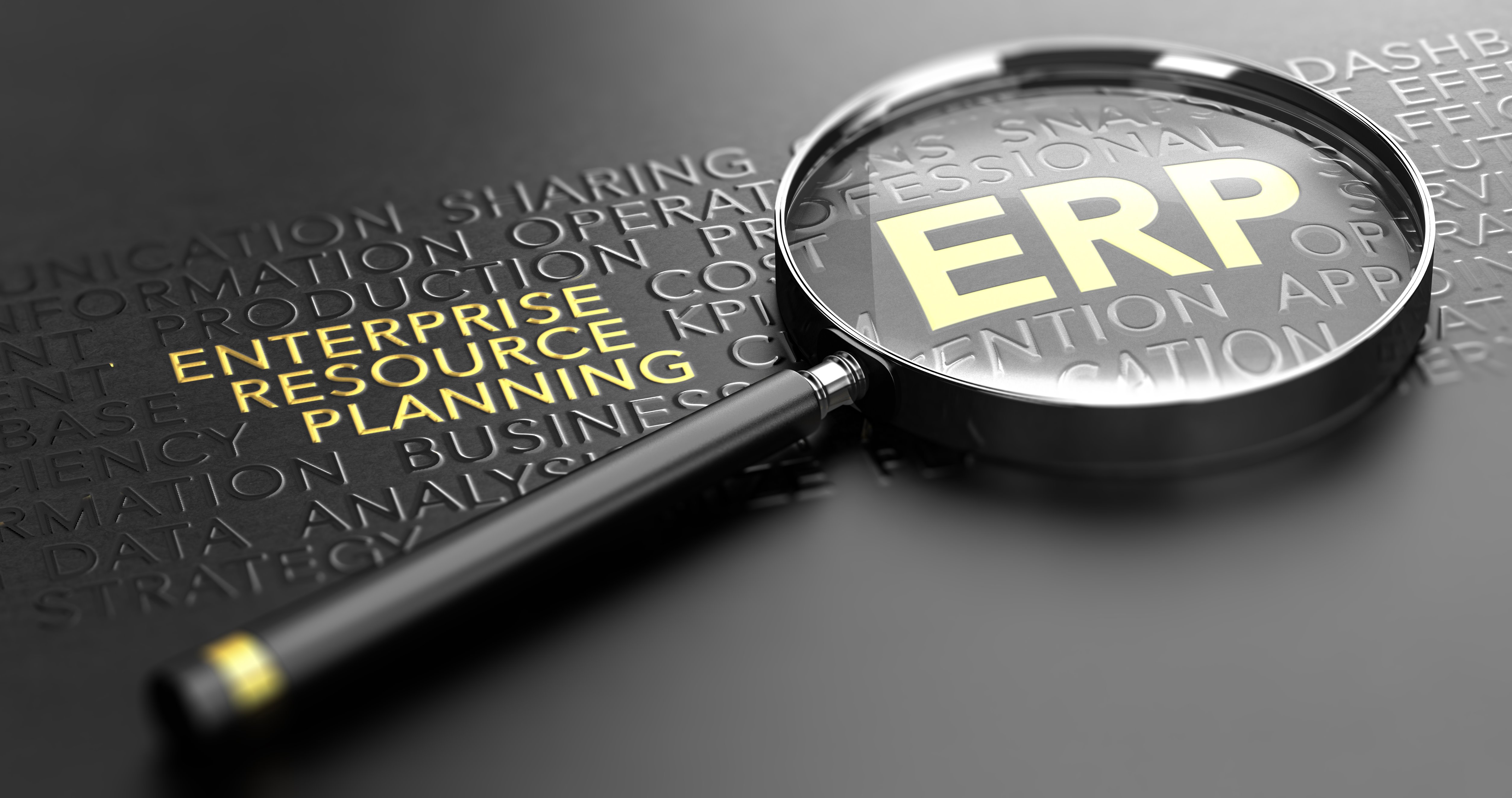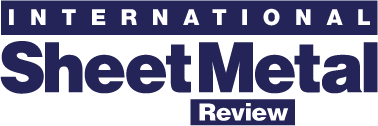
A holistic view
Submitted by:
Sara Waddington
As manufacturing embraces digitalisation and Industry 4.0, Enterprise Resource Planning software is a valuable tool for streamlining and automating activities and offers real-time access to intelligence. Read our article below from the September 2023 issue of ISMR.
========
The increasing digitalisation of manufacturing and favourable government policies for digital technology software implementation have spurred the adoption of manufacturing software packages. Manufacturing software solutions can provide real-time access to accurate business intelligence to help ensure better resource planning, scheduling and tracking, as well as supporting lean manufacturing operations. Robust, scalable, modular tools for process, material and throughput optimisation enable manufacturers to align production goals with cash flow and profitability objectives.
Manufacturers all over the world are focusing on improving their business processes to improve operational efficiency, while keeping track of operating expenses. They want a centralised solution to manage a variety of business processes including finance and accounting, sales and marketing, and procurement and supply chain.
From engineering and planning to production and quality control, manufacturing software packages offer the tools a business needs to create ‘the best possible product in the most efficient and cost-effective manner’. These suites can be used to streamline product design and configuration; track and manage product components; automate production scheduling; accelerate the manufacturing process and improve product quality.
Enterprise Resource Planning (ERP)
ERP (Enterprise Resource Planning) is an information system designed to coordinate the resources, information and processes within an organisation. It comprises a common database that provides interfaces and information to every department within the business. ERP is a category of business management software—typically a suite of integrated applications—that an organisation can use to collect, store, manage and interpret data from many business activities, including product planning, purchase manufacturing or service delivery; marketing and sales; inventory management; shipping and payment.
According to analyst Fortune Business Insights, the global Enterprise Resource Planning (ERP) software market size is projected to grow from US$ 46.86 billion in 2023 to US$ 71.34 billion by 2030.
“The need for transparency and operational efficiency in business processes have forced companies operating globally to adopt various business models. Advances in technology minimise the complexity of ERP planning software systems and allow third party apps to maintain corporate processes more efficiently,” said the analyst.
According to Grand View Research, ERP implementation in an organisation can reduce inventory costs by 25% to 30% and raw material costs by around 15%. It also facilitates the integration of various organisational processes and the smooth flow of cross-functional information, allowing better productivity and decision-making. It estimates that the cloud-based deployment segment of ERP software will dominate the market by 2030.
“Cloud ERP provides enterprises with the flexibility and scalability they need to streamline their business processes and improve efficiency. Cloud ERP is one of the most important tools a company can use to stay ahead of the competition because it allows them to drive their business. It ensures the timely delivery of accurate financial information; improved financial performance; quick data-driven decisions; improved quality and inventory controls; simplified software, hardware and network infrastructure. This includes the simple adoption of common standards across plants and business units, quick integration of acquired technologies and more dependable operating performance,” commented analyst, Vantage Market Research.
ERP covers areas such as accounting (nominal ledger, fixed assets, accounts sales/purchase ledger etc.); human resources (payroll, time sheets, training etc.); manufacturing (bill of materials, QC, managing the manufacturing process etc.); supply chain (stock control, purchasing, scheduling); CRM (sales and marketing, support and customer service); project management (managing costs, time and activities) and data warehousing (document management).
Material Requirements Planning (MRP) is a function of ERP, which deals in detail with the planning of material requirements and the generation of internal work orders. In other words, it transforms the indications of the ERP into specific orders related to that particular job: who does what, where, how, when, and with what materials or tools. It also calculates the requirements of materials, planning purchases according to workloads, delivery times of suppliers and inventories.
Any system - MRP (Manufacturing Resource Planning) or ERP – also needs to provide security at user level to ensure that the right employees have access to the right information. The perceived benefit of ERP is to have a single solution to manage an entire company’s information structure and processes. There is generally a reduction of data duplication as information is entered only once, and users often benefit from a common interface, thereby reducing training. A single solution only requires a single vendor, potentially ironing out data conflicts between different applications.
To read the rest of this article in the September 2023 issue of ISMR, see https://joom.ag/8ORd/p26
